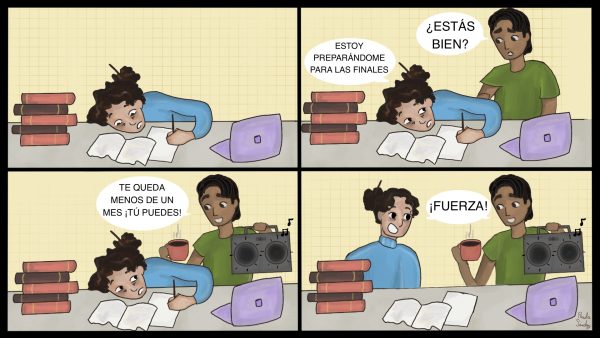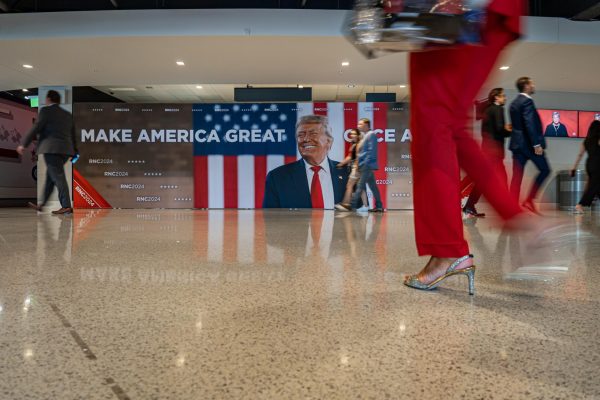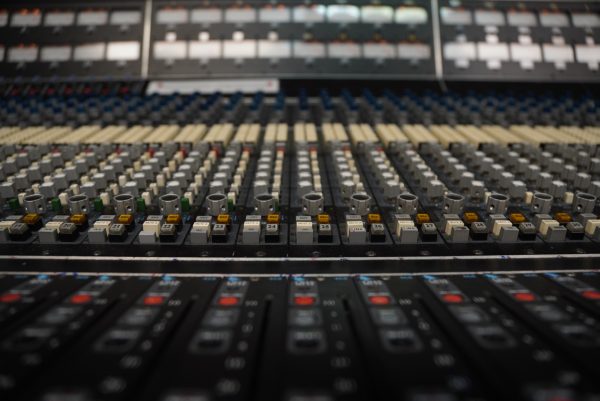Cutler’s concussion causes concern
November 19, 2012
I am not the biggest Jay Cutler fan, but since I don’t generally wish harm on people, I was genuinely concerned when Cutler was injured during the Bears Nov. 11 game against the Houston Texans.
The bad news of Cutler’s concussion, the result of a helmet-to-helmet hit with Texans linebacker Tim Dobbins, was offset slightly by news of the $30,000 fine Dobbins had to pay the NFL, but it was still disturbing.
Two other quarterbacks left games with concussions that same week. Alex Smith of the San Francisco 49ers and Michael Vick of the Philadelphia Eagles were also confined to the sidelines after being hit on the head a little too hard.
In a Nov. 15 New York Times article, NFL Commissioner Roger Goodell said last week’s spike in reported concussions is proof that the league’s efforts to encourage more players to acknowledge their injuries so they can be properly treated are working. While he may have a point about getting players to address their injuries, his assessment of the week’s events is naive and dangerous.
The NFL needs to pursue other options to reduce the number of head injuries. So far, they’ve thrown more padding, money and rules at the problem, but maybe they’re thinking in the wrong direction.
It seems counter-intuitive, but taking away players’ protective layers could potentially protect them better. Reducing the size and weight of football helmets could also diminish instances of head injury because it eliminates the potential for helmets to be used as weapons. I think about it the same way I’ve been taught to think about knives and guns: Any weapon you carry can also be used against you.
It would also make players more aware of how they tackle. There’s not much motivation to focus on technique when there’s six inches between you and the player you’re tackling. Not to say that players aren’t cautious, but huge helmets and pads can foster a false sense of security and a disregard for safe tackling techniques.
Sports that have an equal or greater degree of violence than football, such as hockey and rugby, don’t have the same degree of head protection as football. According to a study by the American Association of Neurological Surgeons, hockey and rugby players experience a lesser number of head injuries. This is an indication that coddling players’ noggins may not be the best guard against concussions.
It’s imperative that the NFL gets cracking on finding ways to prevent head injury, but maybe they’ve been approaching it all from the wrong angle. Football players, especially nonchalant Bears quarterbacks, deserve to be protected to prevent a repeat of last season’s second-string catastrophe, even though I have more faith in Jason Campell than I did Caleb Hanie.







